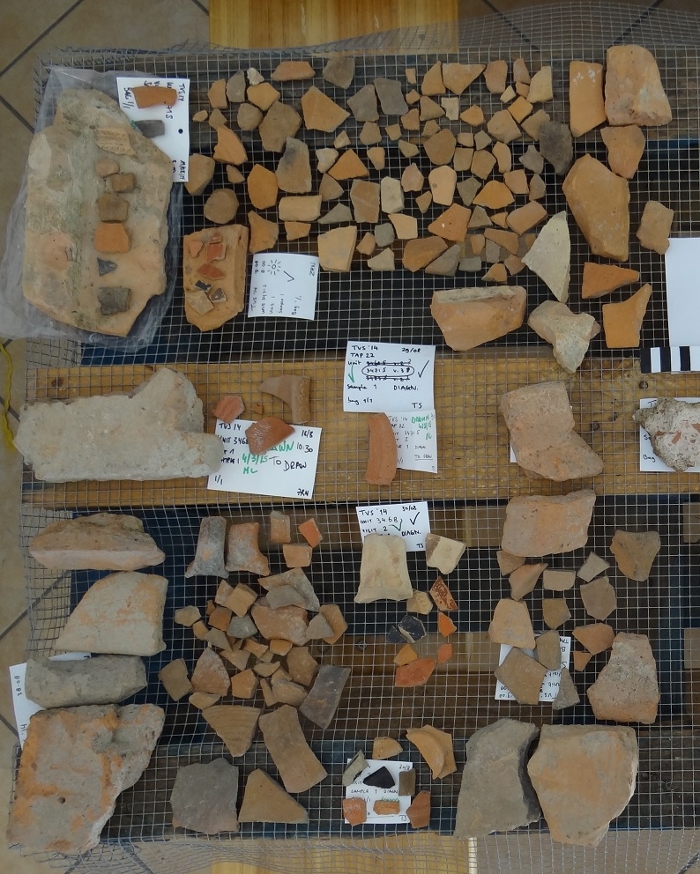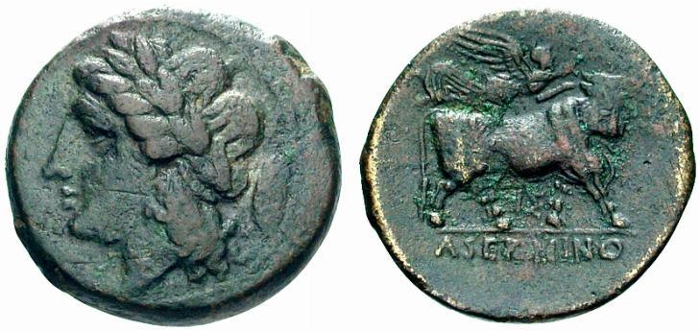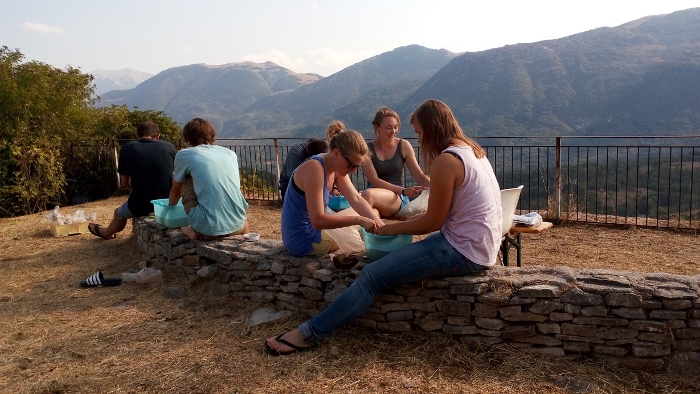Research project
Material culture of Roman republican colonization
This project looks at material culture to better understand the character and organization of Roman colonial society in the Republican period, with a focus on the colony of Aesernia (founded 263 BC) in Samnium (modern-day Molise, Italy). What impact did the foundation of the colony have on precolonial Samnite society, and how did it affect people’s daily lives? By studying elements of production and consumption of ceramics and coins, the project aims to shed new light on societal organization in early Roman colonies.
- Duration
- 2015 - 2017
- Funding
-
 NWO Free Competion Grant
NWO Free Competion Grant
- Partners

The character of Roman colonization
What impact does the arrival of a group of powerful foreigners have on the local population? In Mid-Republican Italy, the Romans founded several colonies throughout Central Italy. The way they organized these colonies is an important research question, that helps to understand the nature of early Roman expansion and the relation between the Roman colonizers and the local population. This research approaches these questions from a material culture perspective: how did the foundation of the colony change the patterns of production and consumption in the colony and beyond?

Background: changing perspectives on Roman imperialism
Rome conquered a large part of present-day Italy in a brief period in the fourth and third centuries BC. How were they able to establish and maintain power? Should Roman success be explained as a result of a superior form of societal organization? The Samnite population of the area around Aesernia was not heavily urbanized, but they were active in many regional and interregional exchange networks. This project aim to investigate if and how the arrival of Roman colonists caused changes in societal organization and the configuration of these networks. Thus, it contributes to our understanding of the impact of Roman colonization on societal organization.

New data from fieldwork and legacy data
The main source for this project is the material collected during various field survey campaigns in the Aesernia Colonial Landscape Project. This material, mainly consisting of pottery, gives important insights into the range of products circulating in the area before and after colonization, and its spatial configuration. In order to refine regional pottery typologies, the project also works on legacy data from various excavations carried out in and around Isernia, with kind permission of the Soprintendenza Archeologia del Molise. Coinage is studied mainly based on published finds.

